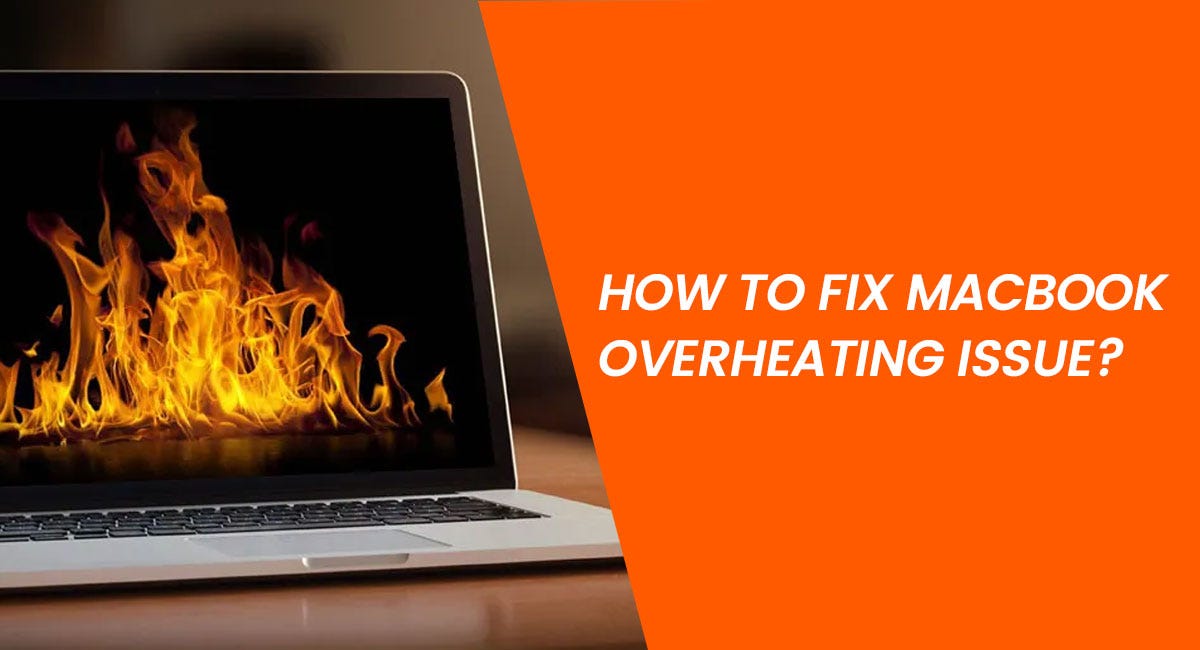Introduction
Overheating can be a common issue for Mac users, affecting performance and potentially causing long-term damage to your device. If your MacBook is running hotter than usual, follow this step-by-step guide to troubleshoot and resolve the overheating problem.
Step 1: Check for Software Updates
One of the first steps in troubleshooting an overheating MacBook is to ensure that all software is up to date. Apple regularly releases updates that can help manage system performance and efficiency.
- Go to System Settings: Click on the Apple menu in the top-left corner of your screen.
- Select Software Update: If updates are available, install them. This includes macOS updates as well as updates for any installed apps.
Step 2: Close Unnecessary Applications
Running multiple applications simultaneously can put a significant load on your MacBook’s CPU, leading to overheating.
- Open Activity Monitor: Go to Applications > Utilities > Activity Monitor.
- Check CPU Usage: Look for applications that are consuming a lot of CPU power.
- Close High-Usage Applications: Select the applications and click on the “X” button in the top-left corner of the Activity Monitor window.
Step 3: Manage Startup Programs
Applications that start automatically when you turn on your Mac can contribute to overheating by using system resources right from the start.
- Open System Settings: Click on the Apple menu > System Settings.
- Select Users & Groups: Choose your user account and click on the “Login Items” tab.
- Remove Unnecessary Items: Select items you don’t need at startup and click the “-” button to remove them.
Step 4: Reset the SMC (System Management Controller)
The SMC is responsible for low-level functions such as thermal management. Resetting the SMC can often resolve overheating issues.
- Shut Down Your Mac: Completely turn off your MacBook.
- Reset the SMC:
- For MacBooks with non-removable batteries: Press Shift + Control + Option on the left side of the keyboard, then press the power button at the same time. Hold these keys and the power button for 10 seconds, then release all keys and turn on your MacBook.
- For MacBooks with removable batteries: Remove the battery, press and hold the power button for 5 seconds, then reinstall the battery and turn on your MacBook.
Step 5: Keep Your MacBook Clean
Dust and debris can clog the cooling vents and fans, leading to overheating.
- Regular Cleaning: Use a can of compressed air to blow out the dust from the vents and keyboard.
- Professional Cleaning: If you’re not comfortable cleaning it yourself, take your MacBook to an Apple Store or authorized service provider for a professional cleaning.
Step 6: Optimize System Preferences
Adjusting certain system preferences can help reduce the load on your MacBook’s CPU and GPU.
- Energy Saver Settings: Go to System Settings > Energy Saver and adjust settings to reduce power consumption.
- Graphics Performance: If you have a MacBook with dual graphics, you can switch to integrated graphics to save power and reduce heat.
Step 7: Monitor Temperature and Fans
Using third-party applications can help you monitor your MacBook’s temperature and fan speed, giving you insight into how your MacBook is managing heat.
- Install Monitoring Software: Apps like iStat Menus or Macs Fan Control can help you keep an eye on your system’s temperature and fan activity.
- Adjust Fan Speed: Some apps allow you to manually adjust the fan speed to improve cooling.
Step 8: Consider External Cooling Solutions
If you frequently use your MacBook for intensive tasks, consider using an external cooling pad.
- Cooling Pads: These are designed to provide additional airflow to your MacBook, helping to keep it cool during heavy usage.
Conclusion
Overheating can be a serious issue for MacBook users, but by following these steps, you can effectively troubleshoot and manage your MacBook’s temperature. Keeping your system updated, managing applications, and ensuring proper airflow can significantly reduce the risk of overheating, extending the life and performance of your MacBook.
Remember, if your MacBook continues to overheat despite following these steps, it may be time to consult with an Apple technician to check for underlying hardware issues. Stay cool and keep your MacBook running smoothly!

